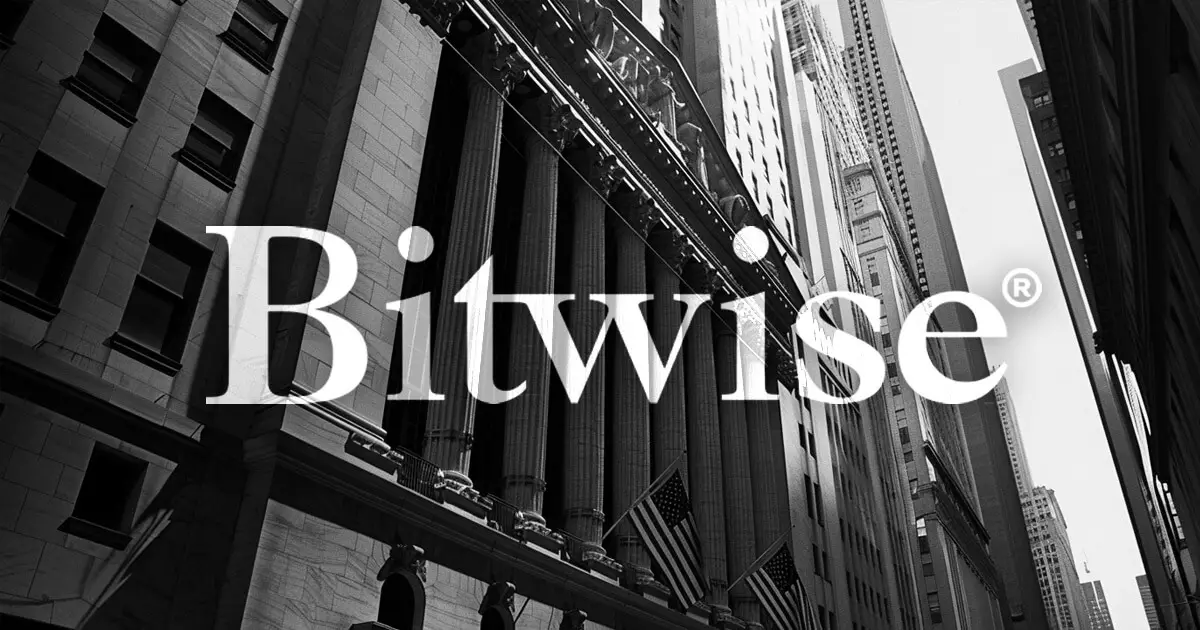The digital asset market is teetering on the brink of potential upheaval this summer, a precarious situation exacerbated by the current political landscape in Washington. Matt Hougan, the Chief Investment Officer at Bitwise, has cautioned that the vibrant momentum observed in the crypto space under the Trump administration could swiftly dissipate if Congress fails to pass essential legislation. The once-favorable climate for fostering cryptocurrencies is now overshadowed by the looming specter of political gridlock, which has historically caused investor wariness. The unfortunate reality is that the future of cryptocurrencies may very well hinge on timely legislative interventions—or lack thereof.
The Fragility of Current Gains
Political uncertainty breeds chaos, and investors thrive on stability. Hougan’s observations reveal a crucial truth: the gains in the crypto market, while promising, are precarious without a robust legal framework. He points out that the progress made in recent months, though significant, is sustained primarily through executive orders rather than solidified laws. This leaves the door wide open for any successive administration to reverse advancements, like a timid child afraid of losing their balloon at the slightest breeze. In essence, the fervent hope is that substantial legislation concerning stablecoins and the market structure for digital assets can be formed in Congress, before investor confidence is once again shattered by political maneuvering.
Lost Opportunities and Legislative Bottlenecks
The momentous potential for a transformative and lasting regulatory solution hangs by a thread. The U.S. Bitcoin Strategic Reserve and the classification of digital assets as a national priority were admirable steps taken within the first 100 days. However, as Hougan elucidates, the operational framework lacks the permanence that legislative backing would provide. The recently proposed Stablecoin GENIUS Act was an ambitious effort to establish a legal foundation for stablecoins but faces setbacks that could extinguish investor optimism. The withdrawal of support from key Democratic senators highlights a troubling trend in bipartisan cooperation—a cooperation that is essential for any meaningful progress in crypto legislation.
The Impending Financial Risks
The crux of the issue lies in the proposed regulations that aim to impose strict requirements on stablecoins. This means extensive audits and rigorous compliance standards for issuers with significant market capitalizations. While these measures could ultimately fortify investor confidence, the current dismantling of bipartisan support places these innovations in jeopardy. This also raises the alarming question: What happens to the market when trust in stable currencies fades? The skepticism circulating in Congress regarding national security and anti-money laundering concerns demonstrates that political priorities may overshadow the needs of the burgeoning crypto sector, leaving it exposed to volatility and speculation.
Optimism Amidst Uncertainty
Despite the red flags, Hougan maintains a hopeful perspective. Under favorable policy conditions, he suggests that Bitcoin could experience a meteoric rise, possibly surpassing $200,000. But such optimism must be tempered with realism. The track record of political inaction could thwart even the most promising prospects for the market. Consider this: if Congress fails to enact laws that would clarify the regulatory environment, the digital asset sector will inevitably find itself navigating a turbulent sea, dangerous waves crashing down from all sides, and precious investor resources potentially lost at sea.
Crypto as a National Priority: The Paradox
It is paradoxical that while digital assets are frequently touted as a national priority, meaningful legislative backing remains elusive. This contradiction creates a climate of uncertainty that not only undermines investor confidence but also hinders the potential benefits of robust digital asset regulation. The prospect of using stablecoins to enhance cross-border payments and strengthen global demand for U.S. government debt underscores the stakes involved—yet, this potential may languish under the weight of political indecisiveness.
The landscape of digital currency is a complex interplay of potential and peril. Without immediate legislative efforts, the fragility of the current gains in the crypto market might just become a cautionary tale, serving as a reminder of what happens when innovation is stifled by bureaucracy. As summer approaches, so does the urgency for the political class to prioritize the digital asset frontier—before it is too late.


Leave a Reply